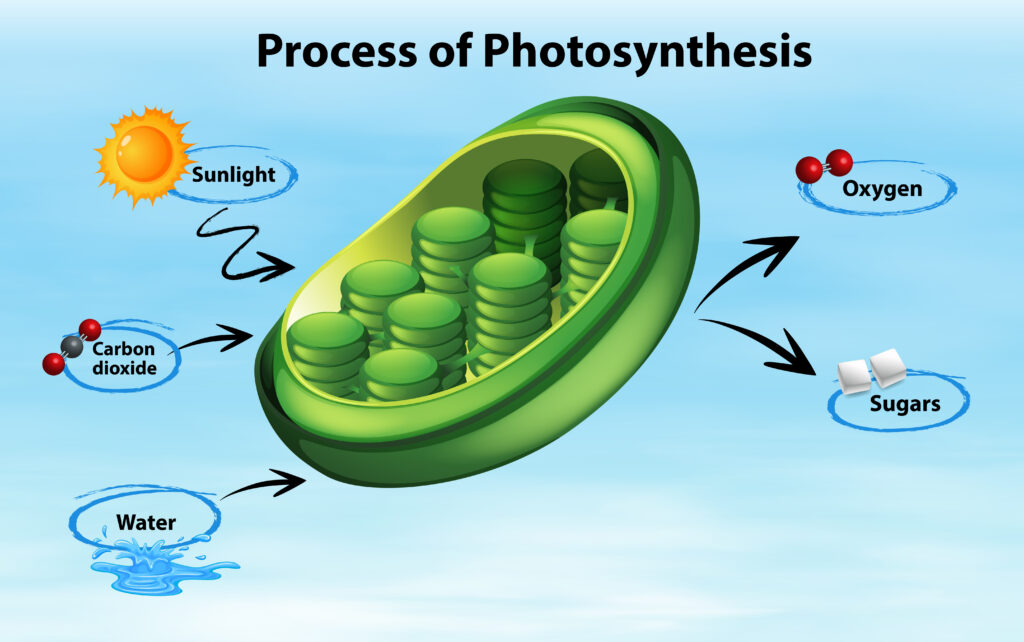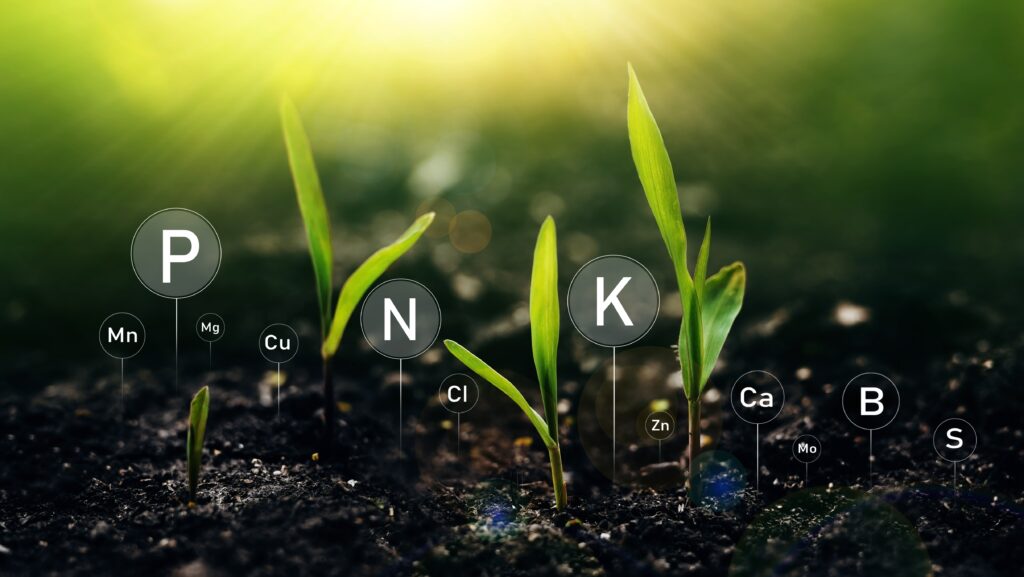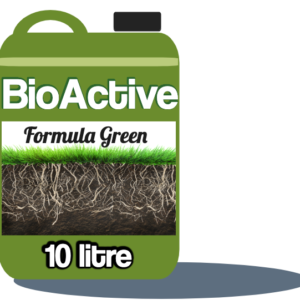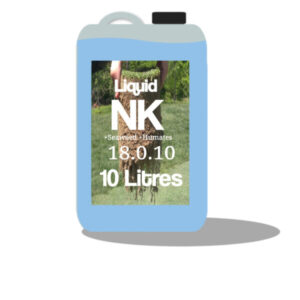Keep costs under control without compromising on progress, with these Advanced Natural Greenkeeping materials
As greenkeepers, we understand the importance of maintaining a healthy, vibrant and resilient green. In over 40 years of greenkeeping, however, I’ve noticed that a lot of what passes for greenkeeping has actually been very damaging to our soils, making it increasingly difficult to produce a good surface, reliably and economically.
A lot of greens are now difficult to maintain, exhibiting a host of common problems such as:
- Localised Dry Patch
- Moss Infestation
- Excess Thatch
- Disease
- Thinning Grass Cover
- Puddling
- Bumps, Bad Runs and Dips
The underlying causes of these problems are firmly rooted in greenkeeping practices that have outlived their usefulness. Many greens are now too sandy and as a result have become inert and lifeless, making symptoms management the main focus of many a greenkeeper’s working week. This need for reactive greenkeeping, rather than proactive, soil health focussed maintenance makes it difficult to see a way forward that allows for reliable and cost effective greenkeeping, while still managing the many symptoms that come our way each week. I’ve previously described this dilemma as the Circle of Decline
So what can we realistically do now that the season is underway, and we can’t disrupt the surface too much to start making the changes needed to bring our greens back to rude health. How can we begin the process of change today?
The 5 Natural Greenkeeping Power Hacks You Can Implement Now
Nature already has all of the answers we need to start improving tired turf and inert soil, without spending a fortune or even changing our physical greenkeeping practices that much mid season. There are 5 easily applied natural materials we can easily incorporate into what we do that will quickly start to improve the health of your turf and soil.
1. Amino Acids
Amino acids play a crucial role in turf grass management, offering numerous benefits for maintaining healthy and resilient turf. As the building blocks of proteins, amino acids promote essential plant functions, such as growth, nutrient uptake, and stress tolerance. Supplementing with amino acids leads to enhanced root development, improved nutrient absorption, and increased resistance to environmental stresses, such as drought, heat, and disease. Ultimately, incorporating amino acids into your greenkeeping practices can result in stronger, more vibrant grass that requires less maintenance and can better withstand the challenges of daily use and environmental pressures.

2. Iron
Readily available iron in the soil is of great importance in turf management, as it plays a crucial role in various plant processes and overall health. Iron is a vital micronutrient that contributes to chlorophyll production, which is essential for photosynthesis and maintaining the vibrant green colour of the grass. Adequate iron levels also support essential enzymatic reactions, energy transfer, and nitrogen fixation.
When iron is readily available in the soil, it allows grass plants to efficiently absorb and utilise the nutrient, leading to optimal growth and health. Inadequate iron levels can result in chlorosis, a condition where the grass blades turn yellow due to insufficient chlorophyll production. This not only affects the aesthetic appeal of the turf but also weakens its ability to withstand stressors such as pests, diseases, and harsh environmental conditions.
However, many greens showing an abundance of Iron in their soil analysis are in poor condition, so why is this? The fact is that grass plants use Iron in abundance, but much of what you see in soil analysis is locked up and unavailable to the plants, so it is important to apply it as chelated iron (iron bound to organic molecules to enhance solubility and uptake), to make sure that the iron you are applying doesn’t oxidise and become locked up in the soil.
3. Trace Elements
Trace elements, also known as micronutrients, play a vital role in turf grass management, contributing to healthy and robust grass. While required in small quantities, these elements are essential for various physiological processes, enzyme functions, and overall plant health. Key trace elements include iron, manganese, zinc, copper and boron
Benefits of trace elements in turf grass management:
- Enhanced growth and development: Micronutrients are involved in many metabolic processes, such as photosynthesis, respiration, and cell division, which contribute to the overall growth and development of your turf.
- Improved stress tolerance: Adequate trace element levels help turf withstand environmental stressors such as extreme temperatures, drought, and diseases, maintaining resilience and vitality.
Concentrated liquid seaweed as a source of trace elements:
Concentrated liquid seaweed is an effective and sustainable way to keep trace elements topped up and available to grass plants. It offers several advantages in turf grass management:
- Rich source of micronutrients: Seaweed extracts are naturally rich in essential trace elements, as well as growth hormones and beneficial organic compounds that promote plant health.
- Enhanced nutrient uptake: The organic compounds in liquid seaweed, including alginates and mannitol, facilitate the absorption of trace elements by turf grass, increasing nutrient uptake efficiency.
- Improved stress tolerance: Seaweed extracts contain natural bio-stimulants that can boost plant defences against environmental stressors and enhance stress tolerance in turf grass.
- Easy application: Concentrated liquid seaweed can be applied as a soil drench or foliar spray, making it a versatile and convenient option for turf grass management.
- Environmentally friendly: Seaweed-based products are sustainable and eco-friendly, as they do not rely on non-renewable resources or contribute to harmful environmental impacts.
4. Molasses
Molasses-based bio-stimulants are derived from the byproduct of sugar production and contain a variety of components that contribute to their effectiveness in turf grass management. These components work together to enhance soil health, promote plant growth, and increase stress tolerance. Here are some of the most important components of molasses-based bio-stimulants and their functions in turf grass management:
- Carbohydrates: Molasses is rich in carbohydrates, such as glucose, fructose, and sucrose, which serve as an energy source for beneficial soil microorganisms. A thriving microbial population leads to improved nutrient cycling, enhanced soil structure, and better overall soil health, supporting robust turf grass growth.
- Organic acids: Organic acids, such as citric, malic, and succinic acids, act as chelating agents that can increase the solubility and availability of essential nutrients, facilitating their uptake by turf grass. This results in more efficient use of applied fertilisers and improved plant health.
- Vitamins: Molasses contains various vitamins, such as B-vitamins, which can stimulate plant metabolism, growth, and stress tolerance. These vitamins can also support the growth of beneficial soil microorganisms, further improving soil health and turf grass performance.
- Trace minerals: Molasses-based bio-stimulants provide trace minerals, such as iron, manganese, zinc, and copper, which are essential for various physiological processes in turf grass. These trace elements contribute to the overall health, growth, and stress tolerance of turf grass.
- Amino acids: Amino acids in molasses can serve as building blocks for proteins in plants and stimulate plant growth by acting as precursors to plant hormones. They can also enhance nutrient uptake and promote the growth of beneficial soil microorganisms.
- Growth-promoting substances: Molasses may contain growth-promoting substances, such as auxins, gibberellins, and cytokinins, which regulate various aspects of plant growth and development, contributing to a healthier and more vigorous turf grass.
5. Humic and Fulvic Acids
Humic and fulvic acids, organic components derived from the decomposition of plant and animal matter, provide numerous benefits for turf grass management. Both substances contribute to soil fertility, plant health, and overall turf quality.
Benefits of humic and fulvic acids in turf grass management:
- Improved soil structure: Humic and fulvic acids enhance soil structure by promoting aggregation, which improves aeration, water infiltration, and root growth. This results in a healthier and more vigorous grass plant.
- Enhanced nutrient availability: These organic acids form complexes with essential nutrients, increasing their solubility and availability for plant uptake. They also facilitate the exchange of nutrients between the soil and plant roots, promoting efficient nutrient absorption.
- Increased cation exchange capacity (CEC): Humic and fulvic acids boost the soil’s CEC, which is its ability to hold and exchange positively charged nutrient ions (cations). This helps retain nutrients in the soil, preventing leaching and ensuring their availability for plant uptake.
- Strengthened root development: By improving soil conditions and nutrient availability, humic and fulvic acids promote root growth and development, leading to a more robust and resilient turf grass.
- Stress tolerance: The presence of humic and fulvic acids can increase plant resistance to environmental stressors, such as drought, salinity, and temperature extremes. They may also stimulate plant defence mechanisms against pests and diseases.
BioActive Formula Green – is an easy way to do all of the above alongside your current greenkeeping programme. A groundbreaking all-in-one solution that combines the power of Chelated Iron, Concentrated Liquid Seaweed, Molasses, Trace Elements, Amino Acids, and Humic/Fulvic acids.
All in One application
To make things even easier, you can tank mix Formula Green with Liquid NK to provide a total monthly or fortnightly solution to your turf nutrition requirements.





Hi John.
Can you please advise how to treat worm casts and the best way to control and hopefully decrease the amount of them.
Our green is in quite good condition but the worms seem to be worse this winter. We need to do something quickly as our session starts end of March.
Thanking you in anticipation of your reply.
Hi Ian
Winter is peak worm casting time, so it isn’t that unusual for this to happen at this time of year, especially given the wetter winters we are having most years now.
Key maintenance tasks for minimising the problem include keeping the surface clear of debris on a daily basis by switching, keeping the green mown to 8mm through the winter months and not allowing the grass to get too long between cuts, and regular aeration to keep water moving down through the rootzone.
A light application of Sulphur Pastilles (10g/m2) twice per year in very early spring and early autumn can also help to discourage casting worms.
Regards
John